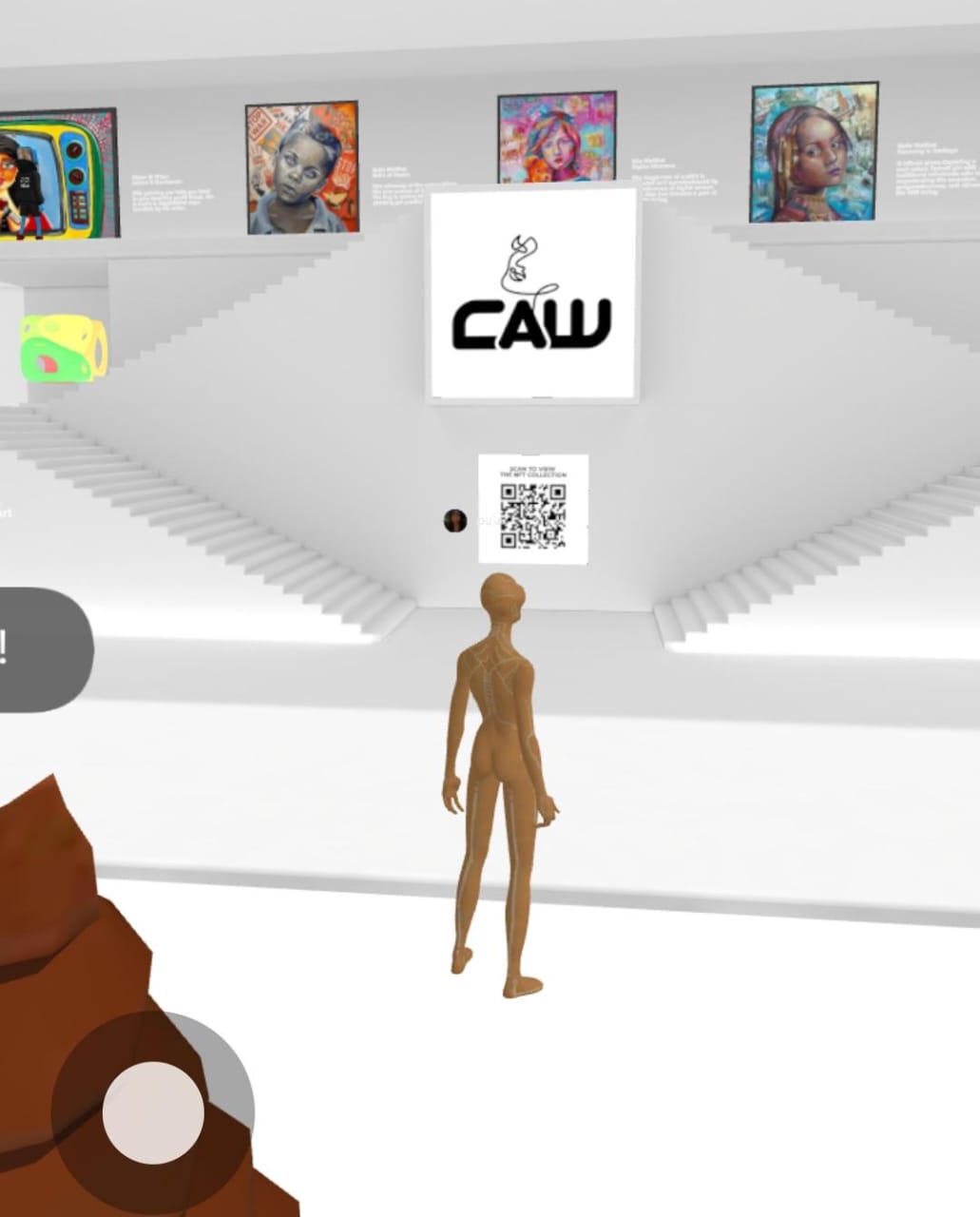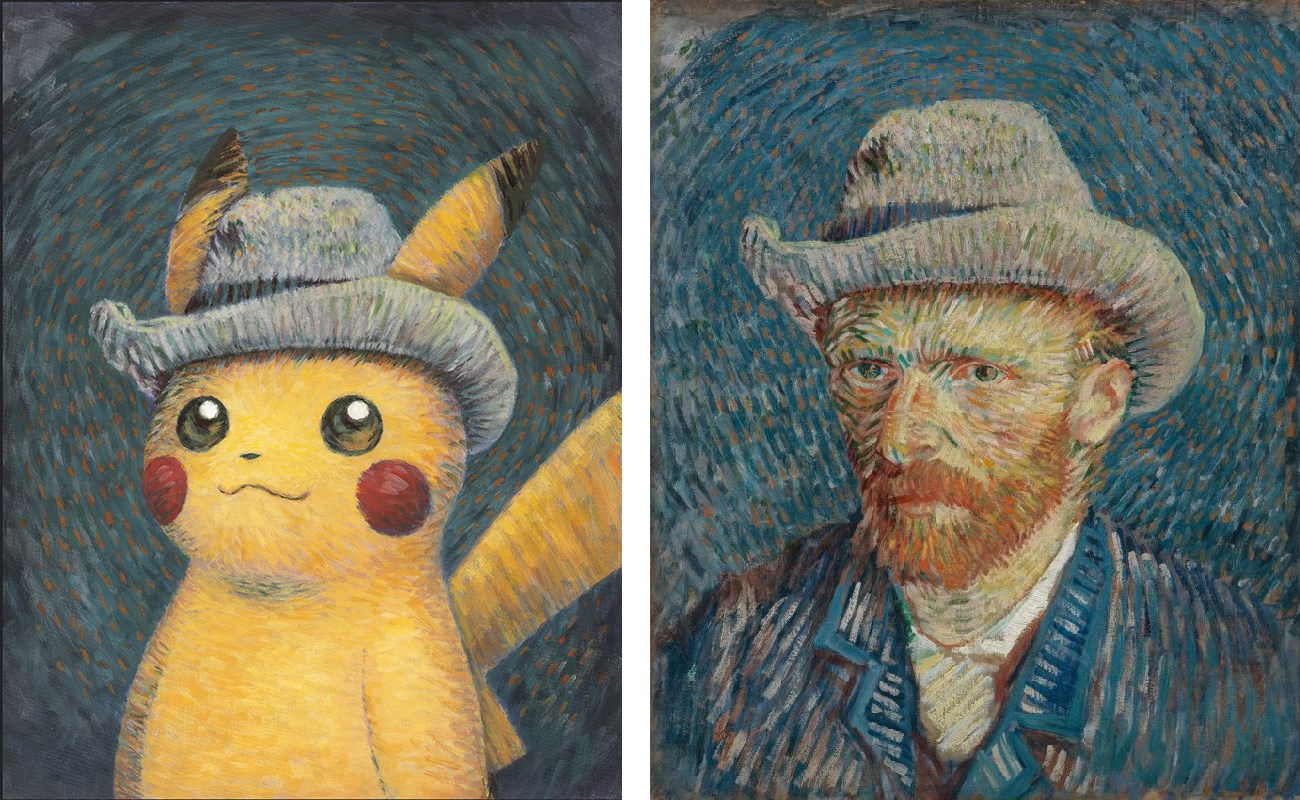As January starts a new cycle, it is a high time to think about beginnings. In the context of any type of art beginnings of a painting, a series or of a career are as important as finishing touches. This article focuses on three living artists and beginnings of their artistic paths.
Damien Hirst is one of the most recognizable names in the contemporary art world. Jenna Gribbon is a rising star of New York art scene. Sanford Biggers is an acclaimed contemporary African American artist. All three have either achieved pinnacles of their careers or are on their way. This article looks at where and how they have started.
Sanford Biggers
A Harlem-based interdisciplinary conceptual artist Sanford Biggers was born in Los Angeles, CA in 1970. He received a BA from Morehouse College in Atlanta, Georgia, an MFA from the School of the Art Institute of Chicago, Illinois, and attended Skowhegan School of Painting and Sculpture in 1998. Although his education path was not easy, it did not prevent him from developing a highly technical, unique approach to medium and subject matter relying on history and intracultural dialogue as his guides.
He first received critical attention back in 2001 when his collaborative project, Mandala of the B-Bodhisattva II (2001), completed in collaboration with an American Jewish artist David Ellis, was included in the exhibition “Freestyle” in Studio Museum, Harlem. The work presented a floor centerpiece depicting the traditional Mandala, a circular painting drawn with colored sand that conveys a temple blueprint where a sacred Hindu or Buddhist deity resides at the center of the structure.
The piece itself was a dynamic performance space inviting visitor to interact with it. Another notable early work is Blossom (2007), now permanently installed in the Brooklyn Museum of Art. Blossomfeatures a mechanical piano fused with a tree trunk reciting a musical composition “Strange Fruit,” popularized in the 1930s by Billie Holiday. Blossomis the artist’s commentary on the racial past of American history.
Two decades after his debut, the artist’s name is widely recognized in the world of contemporary art. He became a true master of various medium, producing and fusing painting, sculpture, video, and textile work. His most recent focus has been on quilts that he deconstructs by first, cutting and disrupting heirlooms and then adding unique and bold imagery. His experimentation with quilts began back in 2009 with the first showcase at Mother Bethel African Methodist Episcopal Church in Philadelphia.
His first series of vintage quilts with floral and plaid motifs featured a historical map tracing the location of the churches and safe houses. Biggers instills his quilts with enticing visual language and encoded meanings transforming them into textile icons. Now his works, including film, installation, sculpture, music, and performance, appear in the major art collections around the world, including prestigious institutions like Tate Britain, Tate Modern, Whitney Museum, and Studio Museum in Harlem, while his solo shows premiere all across the world presented by the institutions in China, Germany, Hungary, Japan, Poland, and Russia.
Jenna Gribbon
Gribbon is an American figurative painter who was born in 1978 in Knoxville, Tennessee. She began artmaking from an early age, later completing her undergraduate program in painting at the University of Georgia. Gribbon focuses on painting figurative portraits and nudes with the emphasis on the intimate moments, portraying the sunlight with dexterity similar to Edouard Monet. The artist’s paints intimate portraits of people who surround her. Her canvases are filled with a sense of immediacy and fleeting energy. The scenes she captures in her works reveal the intimate glimpses of the artist’s private life that appear inviting and alluring.
Before her success in the art world, Gribbon went through a rough patch experiencing a variety of interesting occupations along her career path. Her job gigs ranged from scoring standardized tests to being a phone operator at The Progressive Farmer Magazineto finally moving to New York City in 2003 and working as a cocktail waitress in a strip club and as an assistant at Jeff Koons studio. In 2010, Gribbon became a mother and opened with her then partner the Oracle Club, a literary salon located downstairs in their apartment building in Queens, NY. Although her business and childcare occupied the majority of her time, she managed to maintain painting practice creating a series of works aiming to undermine the patriarchal gaze by placing large “X” signs in the middle of each composition.
Some time elapsed before Gribbon decided to enroll in the MFA Program at Hunter College to redefine her vision and connect with the vast New York City artistic community. During that life-changing period, the artist began exploring her queerness which greatly influenced her work and reflected on her personal life. By starting to see women, Gribbon’s personal life entered her canvases as she began gradually exploring herself and opening up to the public. Her immediate subject matters are her son Silas and girlfriend Mackenzie, both gently framed in complex compositional arrangements with great attention and sense of profound intimacy. Gribbon’s work resembles a collection of snapshots from the artist’s camera roll, making it unique and personal. As of 2021, Gribbon is 42 years old and had solo shows in the United States as well as abroad. She is considered to be a rising star of the New York City contemporary art scene and one of the most compelling figurative painters of the decade.
Damien Hirst
A British multimedia artist Damien Hirst is considered to be the richest creator among the United Kingdom’s top living artists as of 2020. His provocative and intentionally controversial work entices art collectors worldwide to spend millions on shark corpses preserved in formaldehyde, medicine cabinets, and sausages dipped in silicone. Born in 1965 in Bristol, Hirst spent his childhood in Leeds, a city in the county of West Yorkshire, with his mother and stepfather. Hirst was reportedly a troublemaker who would get in trouble with law for shoplifting. Despite his mischief, Hirst’s skills in drawing became apparent at a young age. Although he was refused admission to Jacob Kramer College the first time he applied, he eventually succeeded and entered a Foundational Diploma Course program.
He continued his education at Goldsmiths College, London in 1986. During his time in Goldsmiths, in 1988, he organized an independent student showcase, Freeze, that was visited by notable artworld personalities, like Charles Saatchi, Norman Rosenthal, and Nicholas Serota. After his graduation, Hirst along with his group of friends curated two art shows that were arranged in the former biscuit factory building. It was the first time when Hirst exhibited his first major installation, titled A Thousand Years(1990), a glass tank, featuring maggots and flies feeding off of a rotting cow’s head. This work was immediately acquired by Charles Saatchi.
Hirst’s first solo exhibition In and Out of Lovedebuted in 1991 in the vacant shop on Woodstock Street in Central London. Meanwhile, success has only just begun coming his way when Charles Saatchi offered Hirst to sponsor his projects. In 1992, he was included in the influential exhibition Young British Artistsat the Saatchi Gallery in North London, where Hirst presented his grotesque installation titled The Physical Impossibility of Death in the Mind of Someone Living(1992),a tiger shark in a large glass tank preserved in formaldehyde. A year later, in 1993, Hirst presented his work, Mother and Child Divided, a cow and a calf dissected into sections and exhibited in a series of glass tanks at the Venice Biennale.
Although Hirst saw incredible success in his early career, his work was a frequent subject of public and legal criticism. In 2000, Hirst was sued for breaking the copyright law over his conceptual 20-foot sculpture, Hymn, featuring an enlargement of his son’s Young Scientist Anatomy Set, designed by Norman Emms. Another dispute with New York public health officials was over the Two Fucking and Two Watchinginstallation that was banned from public display due to its inappropriate contents that could have cause visitors to vomit. The installation presented a rotting cow and bull. Moreover, Hirst’s persistent usage of animal corpses enrages animal rights activists and the RSPCA(Royal Society for the Prevention of Cruelty to Animals), following claims that almost one million creatures have died as a result of his work.
Sources:
Sanford Biggers
Damien Hirst
Jenna Gribbon






